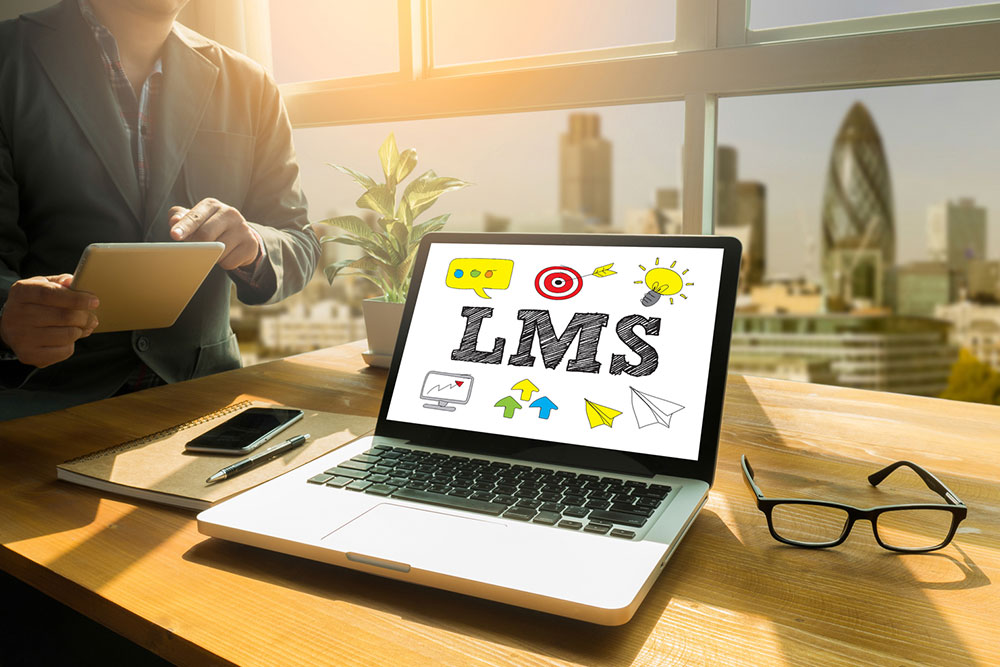Learning Management Systems – Features and Factors to Consider
Learning management systems (LMS) are software platforms typically used in corporate settings to help educate and train employees, customers, and other external users. With these tools, organizations can manage and deliver educational activities and programs. The software systems can also track the training process and help organizations identify learning gaps. There are many such platforms on the market, but to choose the best one, it is important to consider all options and compare them.
Key features
1. Learning paths
This feature personalizes the learning experience of every customer or user . A good LMS allows a business to design multiple learning paths that take customers through a predetermined series of steps and sequences of content based on their requirements.

2. User feedback
Collecting feedback from customers and other users is considered a crucial step for running a customer learning program. An LMS must be equipped with this feature to help an organization improve the program and the learning material. Feedback can be collected by surveys, ratings, and other functions added to the software.
3. Flexibility
As users may have different ways of learning , a corporate learning system needs to offer various content formats, like charts and graphs, videos, infographics, quizzes, and so on. This makes it possible for the business to cater to different learning styles.
4.
Rewarding users with certificates is a great way to motivate them to complete the training or courses. The certificates serve as concrete goals for learners, which, for a business, means a higher course completion rate.
5. Learner analytics
With this feature, a business can monitor how customers are using the learning platform. Also, through the metrics obtained from these analytics , the business can determine if the platform has been effective in helping users learn. Besides, the metrics can point out the different areas that require improvement or further customization.
Factors to consider
To choose the best learning content management system, organizations must consider their requirements and select a tool that best meets these needs.
1. Scale
This is an important factor to consider. For instance, when choosing a customer learning management system, the organization should know the number of customers it plans to train , and then it can choose the software that can accommodate that number. It is also crucial to assess future needs in terms of scale to find a system that can grow with the organization.
2. Budget
Setting a budget helps organizations avoid overspending. The amount of money an organization decides to allocate to customer training will determine the cost it is willing to incur on the customer LMS.
3. Must-have features
An organization might want specific features in its system based on its requirements. For example, it may require integration with its customer success platform as well as advanced reporting capabilities. Then, the organization should look for a system that can easily be integrated with existing systems.
4. Customization
The level of customization differs across corporate learning management systems. So, an organization has to first determine how much flexibility they need and then accordingly choose an LMS platform that allows the required level of customization.
5. Support
A business might need technical support to operate as well as scale the software. Besides, prompt support is required to troubleshoot issues that arise when the software is in use. So, it is important to consider opting for an LMS with good customer support.
6. Type
One can find various types of systems based on their features and purpose. For instance, with a customer learning management system , educational content is meant to familiarize customers with the features and capabilities of products or services a business offers. But LMS can also vary based on their operation and development.
Custom-built systems: With these tools, businesses have some control over how the software works. Here, a software system is custom-built for the specific organization. So, the organization can personalize the design, processes, and features according to its requirements. The only problem with such a system is that building it in-house or through an outsourced developer will require a lot of money and time.
SaaS LMS: Software as a service or SaaS LMS is similar to a cloud-based system. It is typically developed by third parties and hosted on their own servers . Yet, it can be quite customizable. A benefit here is that a SaaS LMS does not have to be built from scratch. This allows an organization to get a customized system without spending money on building it entirely.
Installed LMS: These systems are hosted on the server of the organization itself instead of the third-party provider’s servers. So, an organization has more control over features such as security and data storage. That said, the business has to take care of data maintenance here. A drawback here is the issue of scalability when the data storage requirements grow with the business.
Open-source LMS: Built on top of open-source code, this type of LMS can be customized to fit the needs of customers . Similar to custom-built LMS, the system offers a lot of flexibility, but there is no need to build the system from scratch. That said, an organization would need a professional developer who has the necessary coding skills to personalize the learning management platform.
Top options
- Skilljar
- Litmos
- 360Learning
- TalentLMS
- iSpring
- Docebo
